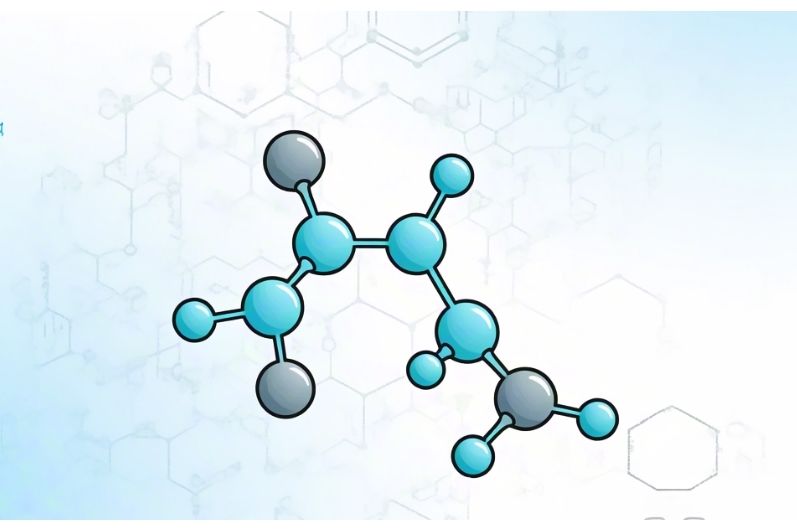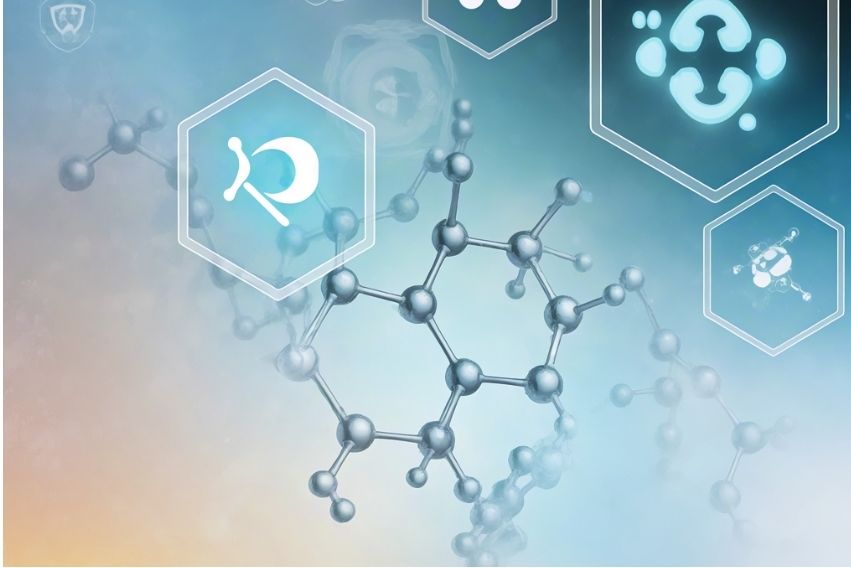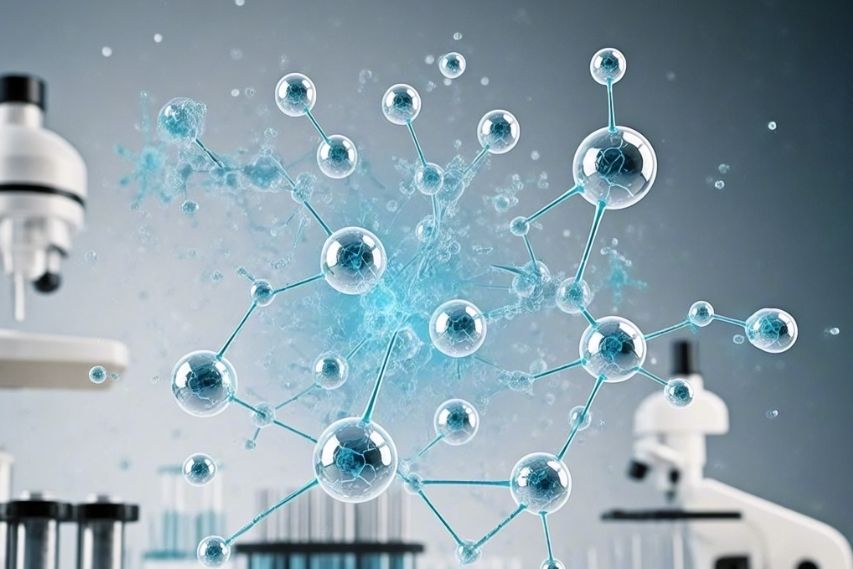Glycan-related Binding Affinity Prediction Service
Using Glycan-Molecular Interaction Features To Improve Binding Affinity Prediction
Molecular Dynamics Simulation is a very useful tool, especially for Glycan-Molecular Interaction Analysis, which not only embodies molecular 3D modeling, observing molecular conformational changes but also analyzing molecular interactions within complexes. With the support of Machine Learning, CD BioGlyco provides glycan-related binding affinity prediction and mutant molecules binding affinity prediction services. Moreover, we provide professional Interaction Hotspot Identification, and Pathway and Network Analysis services.
Data collection
Based on the glycobiology information provided by our clients, our experienced computing team provides database selection, ligand binding measurements of glycoprotein mutants, and structural data collection services.
Molecular dynamics simulation
Special prediction: Our lab analyzes the simulated trajectories of glycan molecules to provide our clients with information on the relative stable configurations of glycan molecules in each state.
Based on atomic coordinates during molecular dynamics simulations, we use molecular motion trajectories to evaluate and optimize molecular conformations for improved stability.
Machine learning-based prediction: Relying on machine learning, our researchers provide affinity prediction services using automatically generated binding patterns of glycan molecular backbones and ligands. This approach primarily utilizes the overall physical, chemical, and topological properties of the glycans and ligands themselves.
Our experienced team provides high-quality predictive modeling services for predicting the binding pattern of each compound within the active site and uses scoring functions to predict binding strength. Based on information about mean differences, track-level distances, or temporal changes, we enhance affinity by locus modification.
Energy estimation-based prediction: Based on molecular dynamics simulations, we provide glycan-related binding affinity predictions by binding free energy calculations. We mainly use molecular mechanics (MM) energies, Poisson-Boltzmann (PB) or generalized Born (GB) models, and surface area (SA) continuous solvation to evaluate the binding free energy.

Publication
Technology: Machine learning, Molecular dynamics simulations
Journal: Journal of Chemical Information and Modeling
Published: 2024
IF: 5.6
Results: In this work, the researchers used four publicly available datasets for stability assessment of affinity assays by machine learning models (Gaussian process (GP) model and Chemprop (CP) model). The researchers screened compounds with the highest predictive potency through random sampling, exploration, and exploitation. Validation based on a range of metrics found that the CP affinity prediction model was more affected by noise in the data, and the GP model was superior when the training data was sparse.
 Fig.1 Schematic representation of the effect of Gaussian noise on the GP model. (Gorantla, et al., 2024)
Fig.1 Schematic representation of the effect of Gaussian noise on the GP model. (Gorantla, et al., 2024)
Applications
- Glycan-related binding affinity prediction plays a key role in the determination of disease-associated carbohydrate molecular variants.
- Glycan-related binding affinity prediction optimizes the binding mode of different ligands to glycans and helps to develop novel compounds.
- By modeling the structural dynamics and conformational changes of glycans, it is essential to understand the function and interaction mechanisms of computational glycobiology.
Advantages of Us
- Machine learning-based prediction facilitates the development of new scoring functions and has the advantage of quickly ranking compounds.
- Our researchers provide not only binding affinity assessment services for a single site but also prediction of the average affinity of a ligand for its binding partner.
- Our researchers verify the balance of each system by analyzing the root-mean-square deviation (RMSD) of the atomic positions from the reference structure to ensure the validity of the entire simulation.
Frequently Asked Questions
- What tasks are scoring functions typically employed for?
- Correctly identifying the binding mode of a ligand
- Classifying molecules as either active or inactive
- Ranking of ligands according to their binding affinity for targets
- What are the forces that make up the interactions of molecular systems?
Molecular system interactions consist of intermolecular and intramolecular forces. Intermolecular force is the force generated by intermolecular interactions, including molecules and near-neighboring particles (atoms or ions) interacting with each other to produce gravitational or repulsive forces, affecting the physical and chemical properties of the system. Intramolecular forces are forces generated by the interaction of atoms in the same molecule through shared electron pairs and affect the chemical properties of the system.
CD BioGlyco provides high-quality binding affinity prediction services with the help of a professional computer team. Our staff has mature industry experience in glycan-molecular interaction analysis. No matter what problems you encounter in molecular dynamics simulation, please feel free to contact us.
Reference
- Gorantla, R.; et al. Benchmarking active learning protocols for ligand-binding affinity prediction. Journal of Chemical Information and Modeling. 2024, 64(6): 1955-1965.
For research use only. Not intended for any diagnostic use.
Quick Links
Related Services



 Fig.1 Schematic representation of the effect of Gaussian noise on the GP model. (Gorantla, et al., 2024)
Fig.1 Schematic representation of the effect of Gaussian noise on the GP model. (Gorantla, et al., 2024)


